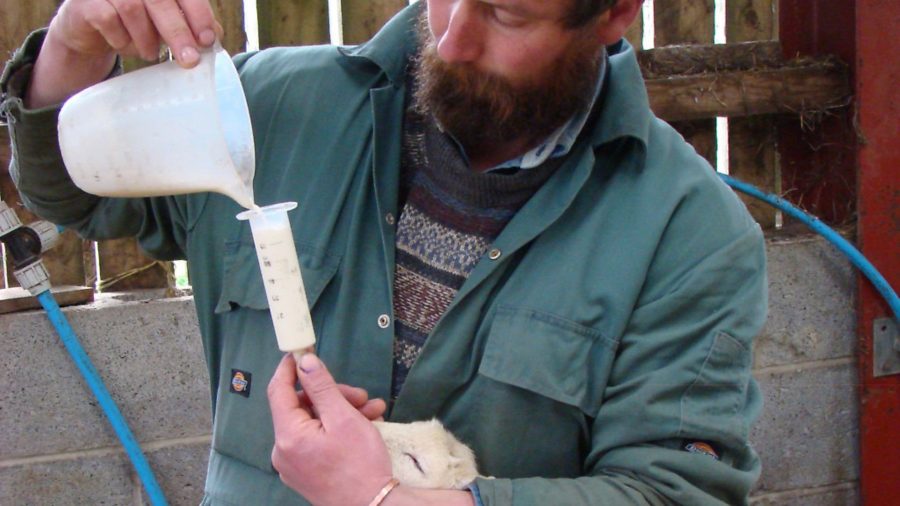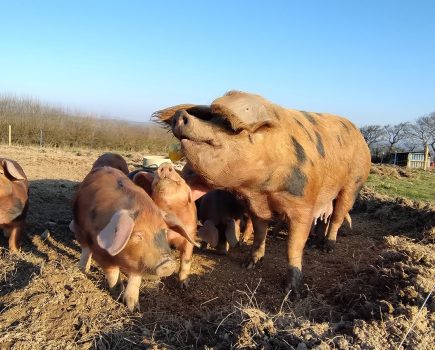Smallholder Tim Tyne advises on the treatment of lambs which are hypothermic
Given that the recent spell of cold weather caught many people in the middle of lambing time, and with threats of more snow to come, it seems appropriate to devote a bit of page space to the treatment of hypothermic newborn lambs.
Firstly, prevention is always better than cure. A strong, healthy lamb with a fit, attentive, milky mother is highly unlikely to become dangerously chilled, no matter what the weather throws at it. Therefore, it stands to reason that the management of the flock during the period immediately prior to lambing is of paramount importance, as is the actual birthing process itself – any ewe that has been unnecessarily or excessively messed about with internally by an incompetent or over-enthusiastic shepherd isn’t going to be giving of her best at this time, and her lambs will suffer the consequences.
It is cold, wet weather combined with hunger that’s the real killer, so it’s crucial that the shepherd is able to identify the early signs of starvation in a lamb, in order to forestall consequent deterioration. Regular observation is key, and an acute awareness of anything out of the ordinary.
The secret of effective treatment of hypothermia in young lambs is known as the five hour rule. By following these simple guidelines it has been found that lambs can successfully be brought back from extremely low body temperature situations. However, failure to follow the five hour rule could result in the shepherd unwittingly being responsible for the animal’s death.
Lambs are born with body reserves of brown fat which provide them with the necessary energy to get to their feet and search for the teat as soon as they’re born. These reserves are exhausted after five hours. Therefore, any hypothermic lamb that’s less than five hours old probably just requires warming and returning to its mother. However, to simply warm a chilled lamb that’s over five hours of age will result in it dying in a low blood sugar fit as its metabolism speeds up. It MUST be provided with source of energy first.
The basic guidelines are as follows:
– Lamb under five hours old, body temperature between 37 and 39°C. Feed warm colostrum by stomach tube.
– Lamb over five hours old, body temperature between 37 and 39°C. Feed warm milk by stomach tube.
– Lamb under five hours old, body temperature below 37°C. Place under heat lamp. Monitor rising temperature. Give warm colostrum by stomach tube when body temperature is between 37 and 39°C and lamb can hold up its head.
– Lamb over five hours old, body temperature below 37°C. Give warm glucose solution by intraperitoneal injection. Place under heat lamp. Monitor rising temperature. Give warm milk by stomach tube when body temperature is between 37 and 39°C and lamb is able to hold up its head.
Given that successful treatment depends on knowing the age of a newborn lamb, and bearing in mind that many lambs are born outdoors, unsupervised at night, so may be several hours old before the shepherd finds them, one should always err on the side of caution: Where the precise age of a chilled lamb is unknown or in doubt, always assume it to be over 5 hours, and treat accordingly.
Image(s) provided by:
Archant








